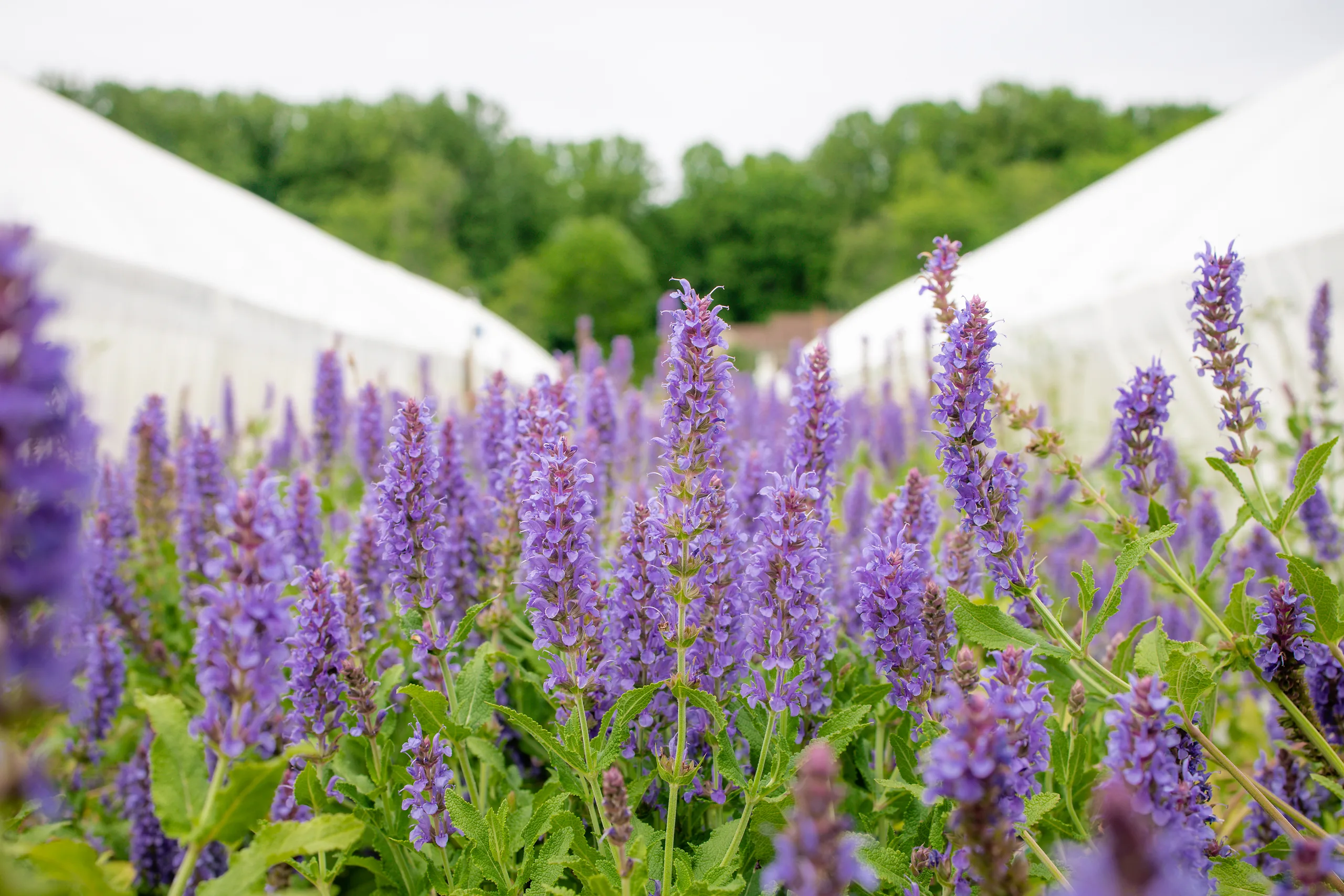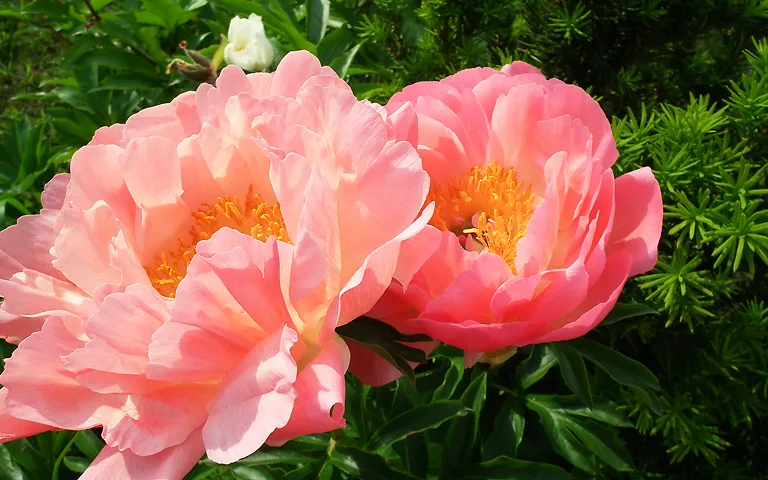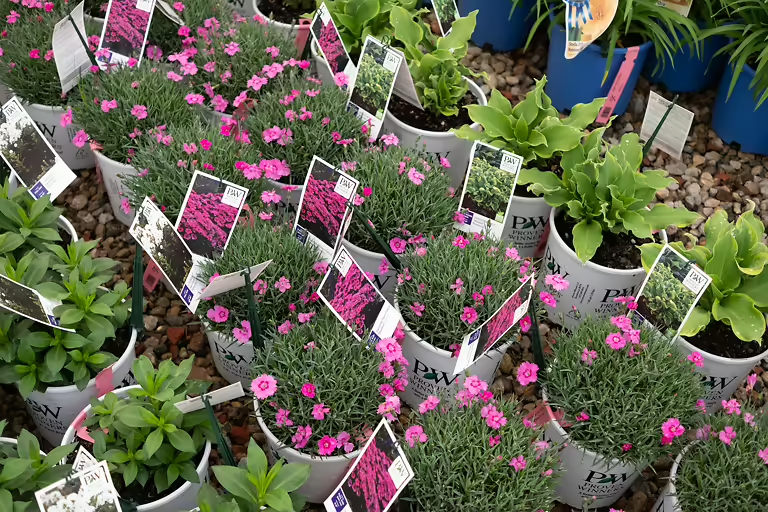
Written by s • The Mediterranean Garden – Styling and Layout
In this sporadic series on designing gardens we have looked at a variety of different looks or styles you can give your garden. The word ‘style’ tells us that although your garden might look Japanese, it isn’t actually in Japan, or your classic English Flower garden isn’t actually in England at all. Nothing wrong with that. Styling your garden after something you love is just fine.
What styles are popular changes too, and with an increasing emphasis on reducing watering and growing gardens that will take increasingly hot summers, the Mediterranean style of gardening has become increasingly popular in recent years. Perhaps you have been to Provence in France, or areas of Spain or Portugal and seen there how gardens can be beautiful without lawns and frequent watering. For that matter, southern California has a similar climate and the natural vegetation also survives heat and drought.
In a recent blog post we looked in detail at what exactly makes a garden ‘Mediterranean’, so we won’t repeat that here, just to say that the Mediterranean climate is found in southern Europe, parts of Australia, South Africa, and California too. Basically it has warm to hot summers that are dry, and damper winters that aren’t extremely cold. Check out that blog post to consider whether you live in an area where a Mediterranean style of garden is feasible or appropriate – you will see that there are lots of ways to take advantage of it in many different settings.
So in this post we will instead look at ways to create ‘the look’, perhaps only in part of your garden, or maybe throughout it. What are the key elements? What features are suitable? What are some basic plants to use? Hopefully by the end you will have a feel for how to make your own garden Mediterranean.
Why Grow a Mediterranean Garden?
Sometimes we make a garden in a particular style because it has a look we love – pure aesthetics. With the Mediterranean Garden the motivation is often more practical – how can I have a garden that doesn’t need constant watering in summer? A garden where I don’t have to go out and mow lawns every weekend? A garden that will turn that horrible dry slope I have into something beautiful? One that smells of lavender and thyme, and conjures up holidays in the sun? That doesn’t mean it isn’t going to be beautiful too.
Key Elements of a Mediterranean style Garden
There are several key elements that will give your garden a Mediterranean feel, wherever it is. By using a combination of them you can give your garden perfect styling, and capture just the right look.
Forget Grass
First of all, look at those pictures, no lawn! So you can put away that mower, because you won’t need it. Think of all the water you will be saving, and the CO2 you won’t be pumping out from your mower. Think of how much more time you will have to look after the plants instead – so much more fun.
Instead Think Gravel
Notice in the first picture above the use of gravel over beds, and it can be over paths too – no need for a distinction. That’s a key element you see in just about every authentic Mediterranean garden, and the great thing is, you could have a whole garden covered in gravel, and just plant up areas of it – instant Mediterranean. Since it doesn’t get a lot of water you will find not many weeds grow in that gravel either, especially if you lay it over landscape fabric. Look at how the gravel path in this garden complements those blues and silvers of the plants, and conjures up a dry look, even if you in fact have lots of rainfall.
If you do have larger areas to cover, then drought-resistant ground covers will do the trick, using creeping thyme in sun, or low sedums. Underneath trees use pachysandra or liriope, while in mixed lighting the different hardy geraniums will thrive.
Retaining Walls
Much of the Mediterranean is steep hillsides, so terracing is a natural thing to find there – and you do. It is almost always done in stone for the most authentic look, but don’t feel inhibited by that – the terracing matters more than the material, which anyway will soon be largely hidden by plants.
Containers
Large planters are also a feature of many Mediterranean gardens, allowing you to grow plants that might need more water – or less – and to grow plants that need to come inside for the winter. Citrus trees of all kinds – oranges, lemons, kumquats, for example – are some of the most common trees seen in pots in these regions. For more information on growing citrus trees in pots see this blog post. Fig trees are also popular and often fruit better in a pot than they do in the ground. Big succulents like Agave or Yucca (useful for its cold resistance) are also perfect for planters, and certainly are not bothered if you only water very occasionally – in fact they prefer it.
Large clay pots, even perfectly plain ones, have the right look, as well as more ornate choices. Whatever you choose, they must have drainage holes. In cold zones there is a danger of pots cracking in winter, so take precautions like wrapping, or bringing inside.
Formal or Informal Design?
One of the great things about the Mediterranean garden style is how versatile it is, and how it isn’t linked to broader styles. So it can be quite formal, with straight lines, avenues, rows of upright trees and areas of gravel for seating. But it can also be informal, with semi-natural plantings, winding paths, and mixed plantings. It can have structured retaining walls or natural rock – yet if you do it right it still looks ‘Mediterranean’.
It’s the Plants that Make It
In the end, if you look at these gardens, you can see that much of the Mediterranean look comes from the plants themselves, not the layout. It is very interesting that these key features of the plants trigger in our minds the idea that we are in a hot and dry place. I am sure our brains – after millions of years of adaption and needing to understand our environment for survival – can instinctively ‘read’ the look of these plants. That look tells us this must be a hot, dry place, and that instinct in what cues us to call it Mediterranean. It’s the same when we see ferns and plants with big, rounded leaves. We instinctively think, “cool and damp” and feel more comfortable immediately if we have stepped into it from the hot sun.
Look back at the pictures earlier on and you will see all these things going on.
Rounded forms with small leaves
Although there is room for palms too, most of the plants used in these gardens are low and/ mounding and dense, and they have small leaves. All these features are adaptions to growing in hot, dry places. Small leaves lose moisture more slowly, and often have thick outer coatings – the cuticle. Growing densely and close to the ground reduces water loss through evaporation and the wind blowing through your stems.
Gray, blue-gray or silver leaves
Silvery foliage is one of the most frequent feature of these plants. This is caused by different kinds of coatings or dense hairs on the foliage, all of which help to reduce water loss, or filter the sunlight for more efficient photosynthesis (it’s an odd fact that plants can have too much sun, and that slows their growth down). These beautiful colors really bring your plantings alive, and reduce the wish for flowers, making your garden more attractive over longer periods.
Thick, spiny leaves
These are more adaptions for dryness. Thick leaves store water for long periods. The spines of course are needed to protect the plants from being eaten.
Tall, thin forms
This can be seen higher up with the iconic Italian cypress (Cupressus sempervirens), but this one isn’t related to the environment. Since Greek and Roman times selected very narrow forms of this tree have been grown around the Mediterranean sea – long enough for it to have become a cultural symbol, and another trigger that our brains see and think, “Oh, this is a Mediterranean garden.”
Choosing Plants
In a future blog post we will look more closely at some of the most iconic and useful Mediterranean plants, from lavender to catmint and from figs to lemons. Remember that ‘Mediterranean’ plants can come from Australia or California as well as from Europe, so there is a big pool of plants you can choose from. (If you don’t see the link, don’t worry, it will be up soon.)







